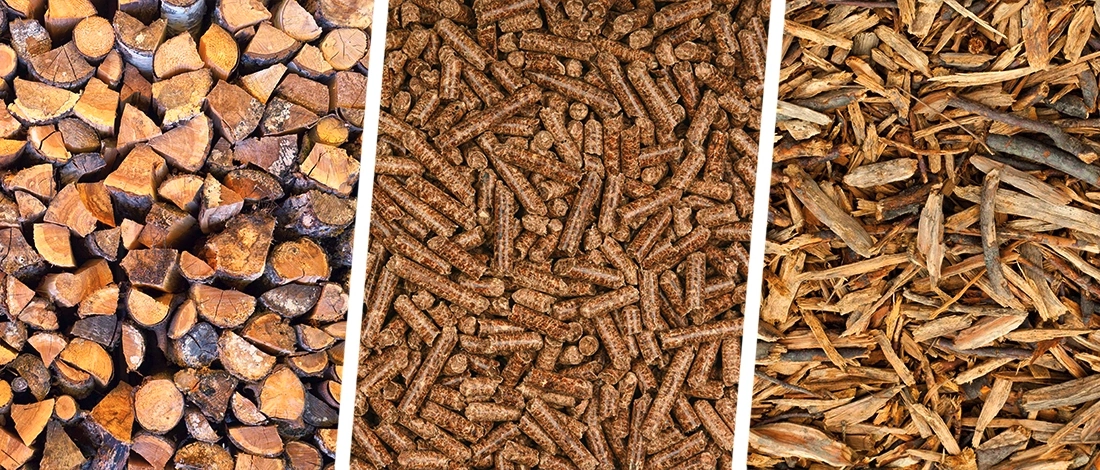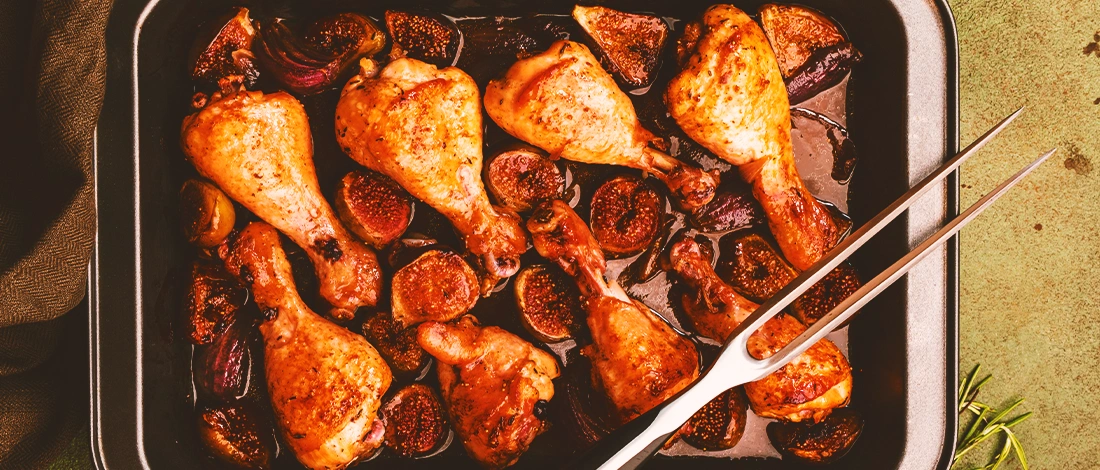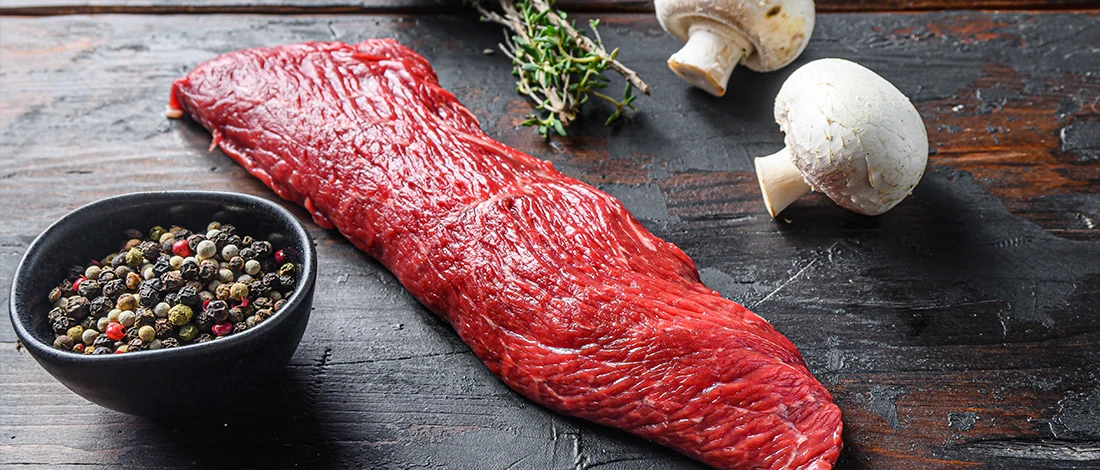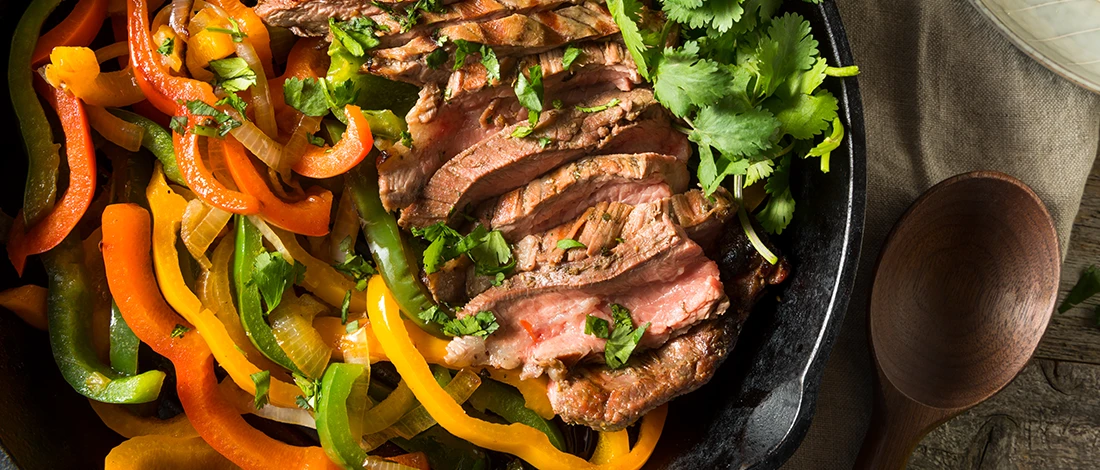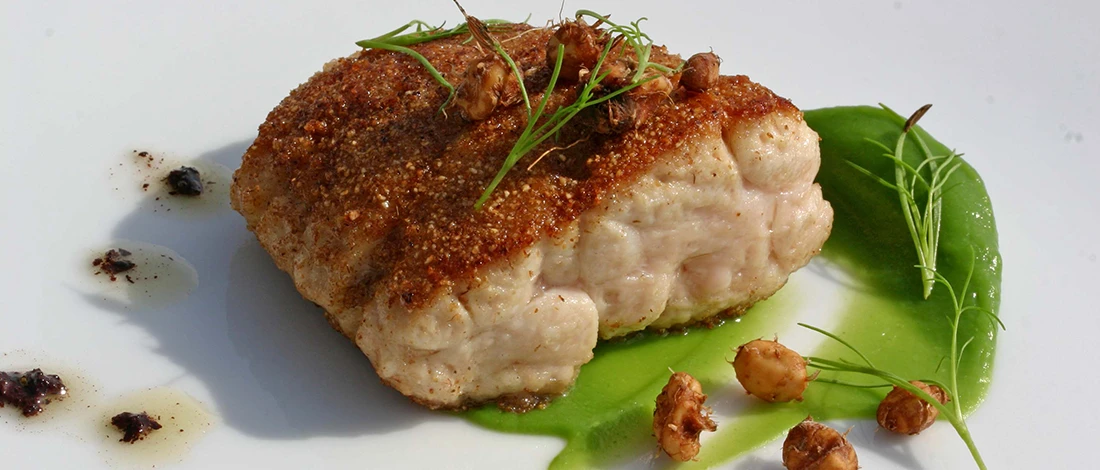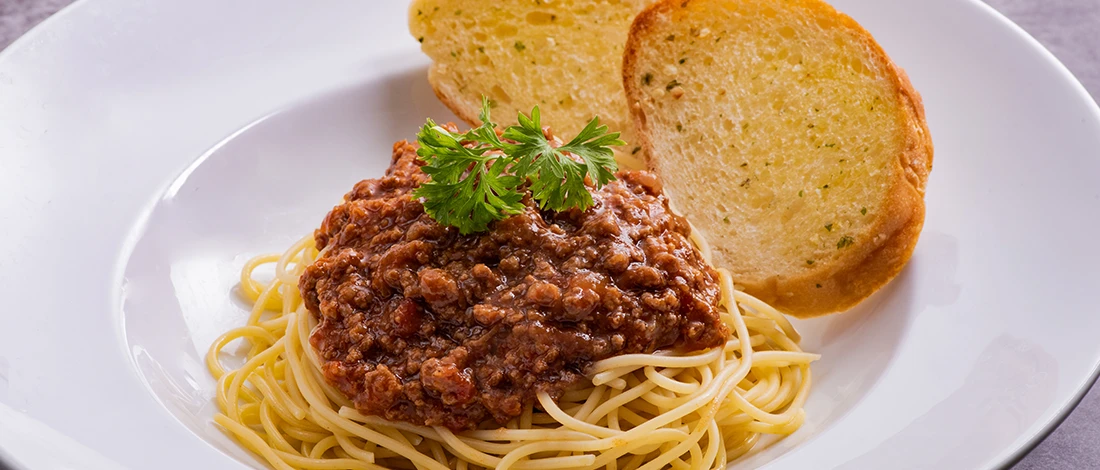At Carnivore Style, we know that Buche meat is a delicious and unique cut of meat often overlooked. This delicacy is enjoyed in various global cuisines, including Mexican, Pennsylvania Dutch, and Chinese.
My first bite of a taco de Buche in a Mexican restaurant was a revelation. The spiciness, a hint of gaminess, and a secondary umami flavor won me over. The dish also had a touch of Tabasco or soy sauce, which enhanced the flavor even further.
After that delightful experience, I immediately added Buche meat to my kitchen menu. I did my research and found the best ways to prepare it.
The quality of the meat used can significantly impact the outcome. Based on my cooking experience, I've learned that sourcing meat from reputable providers is crucial.
I'll share my findings and favorite tips for making mouth-watering tacos de Buche in this article.
Quick Summary
- Buche meat is meat from a pig's stomach and is a popular cuisine in Mexico.
- Before cooking, Buche is thoroughly cleaned with vinegar to eliminate dirt and the pungent offal smell.
- Buche meat tastes like pork but is more offal-ish than actual pork flavor.
What Is Buche?
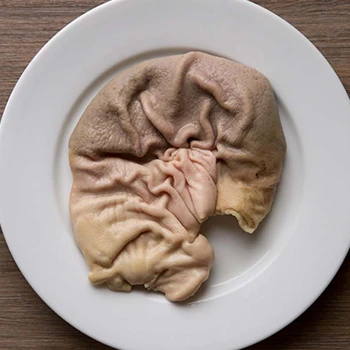
Buche" is a pig's belly or any section of its stomach. This meat is often washed with an acidic solution (like vinegar) and slow-cooked for several hours until soft and slightly mushy.
Buche is one of my favorite Mexican cuisines [1]. In Mexico, they cook and serve it with vinegar-based toppings or pickled veggies. It has a milder flavor than typical pork and is frequently used in Buche tacos together with carne asada.
If it's your first time hearing or trying "Buche," you might think it's unappealing, but when cooked well, it's one of the most delectable organ meats you can eat.
Pork stomach has a less rubbery consistency than beef tripe. It cooks down to become soft and only mildly chewy. And regarding the taste, I think beef tripe and Buche have the unique flavor of intestinal organ meat.
Related Articles:
3 Characteristics of Buche Meat

Let's look at some features that make Buche meat stand out.
1. Texture
The texture of raw and cooked Buche meat is quite different.
The raw kind has a rubbery or velvety texture, though it's slightly spongy compared to beef tripe.
Cooked Buche, on the other hand, is a slightly chewy meat and more tender because of the parboiling and sauteing processes. Also, if you wash with baking soda, it helps tenderize the meat further.
Because Buche is typically from the pig's stomach, it's more tender because of the less fat and its thin structure. And if you get Buche that's a bit fatty, you can request your butcher to trim off the excess fat as this can affect the overall texture of the dish.
Note that the outside Buche lining may be tougher than the inside lining, depending on how long you cook it or how thick your cut is.
2. Color
The color of raw pork belly meat may range from creamy white to gray-white. Once you cook it, the color darkens as it tends to become golden brown, especially if sauteed on high heat or baked.
3. Flavor
The pig stomach is quite delicate and tender when cooked. It also has a milder pork flavor than standard fried pork meat. This is because most Buche meat is soaked in strong vinegar solutions during cleaning, which tones down the offal-porkish taste.
Also note that the pig's stomach has a buttery, umami flavor attached to it.
4 Ways To Prepare Buche
Before cooking Buche, a lot goes into the preparation process to ensure you're left with clean, pungent-free offal meat.
Here's a step-by-step process for preparing Buche:
1. Clean the Meat
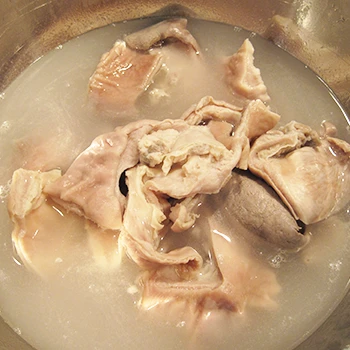
Cleaning the pig's stomach properly before cooking it in any fashion is a crucial step you can’t skip.
Although pig guts have a strong smell, the smell fades if you wash them down with a vinegar-water solution.
Add about four tablespoons of white vinegar to a large pot of water and then rub the pork belly against itself. Rinse out and re-wash a couple more times.
I also recommend you sprinkle some baking soda and rub through the inside and outside of the pig stomach for extra cleaning. I love using baking soda because it helps tenderize the meat when you cook it.
2. Boil
After cleaning, this next pre-cooking step is critical to soften up the Buche and eliminate any weird smells.
Place the pork belly in a big saucepan, cover it with water, and cook for three hours. Before removing the meat, use a fork to probe the stomach to see if it’s cooked.
Note that the boiling process will vary depending on the size of the meat you have. Cooking smaller cuts takes a shorter time and vice versa for bigger portions of Buche meat.
Depending on the duration of the boiling process, you might have to add more water so it doesn’t boil out, and you end up with burned meat.
3. Sauté
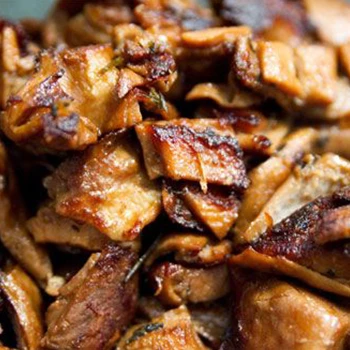
After boiling and softening, your Buche is now ready for chopping into small, bite-sized pieces for sautéing.
Next, heat your skillet with vegetable oil before adding the chunks of pork belly and the rest of your ingredients, if you have any.
If you are also sautéing veggies or stir-frying it with rice or noodles, bear in mind that it will take around two to three minutes to sauté the pork belly separately before adding the rest of the ingredients.
4. Bake
Apart from stir-frying Buche, you can also bake this tender meat. I like to use the pig gut as a cover/wrap for other food ingredients in the oven.
After cleaning and pat drying the stomach, load it with chopped cucumbers, bell peppers, and radishes. Because this organ meat tastes mildly like pork, you can add ground pork or beef sausage for a richer pork flavor.
Place the stuffed pig offal and some water in a baking dish and bake it for 90 minutes at 350 F. You can serve it with garlic sour cream to add a sour taste.
If you're a restrictive organ meat taker, you can discard the stomach and only eat your veggies. The key reason for using the stomach is to hold and flavor the other foods.
How To Make Homemade Taco Buche

Some regions of Mexico consider de Buche pork stomach tacos a gourmet delicacy made with pig tongues and ears.
Buche tacos are mostly served with salsa, but some have an extra pork filling (pork rinds and pork shoulder slices too).
Here's a simple recipe for making these delectable pork stomach tacos.
Ingredients
- 1.5 lbs pork stomach
- Corn tortillas
- 1 tsp ground black pepper
- 2 tsp kosher salt
- 1 tsp cumin
- 1tspn garlic powder
- Avocado
- A small bowl of salsa
- Fresh coriander
- Olive oil
Instructions
- Before you cook Buche, wash well with vinegar and water.
- Boil the pre-washed fresh pig stomach for 30-45 minutes, then rinse with cold running water.
- Pat dry and rub the taco spice into the fatty top layer of the pork.
- Season the meat with all the other seasonings and massage well with your fingers. Allow the meat to marinate for at least an hour or overnight for a richer flavor profile.
- Over medium heat, add olive oil to a large skillet. Once the oil heats up well, add the meat and cook for 5-10 minutes until golden brown and cooked. Slice according to your desired bite-size.
- Heat the corn tortillas until they're hot and slightly puffy.
- To make your tacos de Buche, lay the warm tortillas on a clean surface and add an avocado base, followed by a tablespoon of salsa, and pieces of the meat. (I always add some pineapples here for a fruity taste; this is optional)
- Garnish this delicious dish with fresh coriander and some chili flakes for some heat.
Also Read: How to Prepare Taco Meat?
3 Tips For Making Tasty Taco Buche

Here are some handy tips if you're planning to make tasty tacos de Buche at home.
1. Get the Right Tortillas
Getting the right tortillas is the foundation of achieving great homemade tacos de Buche pork. You can make your tortillas at home from scratch using corn flour, salt, and water. But if you’re short on time, I’d recommend going for store-bought ones.
"Because tortillas serve as the taco's outer shell, you can't settle for anything less than perfection if you want your at-home tacos to taste like those from the Mexican food trucks."
- Joe Martinez, Chef
2. Experiment With Veggie Toppings
Veggies will improve your pork stomach tacos. Make a simple slaw with fresh toppings like red cabbage, lime juice, salt, and pepper.
And if you want a crisp garnish, you can serve it with shredded lettuce, sliced radishes, and/or chopped white onions. All of these plant-based toppings are filling and tasty.
If you want to use acidic toppings, you can go for pickled vegetables.
3. Salsa Dish
With a smoky touch from charred chilies or vegetables, Salsas are often an excellent option when making tacos de Buche. When making salsa, only use the freshest ingredients you can get your hands on.
Also, don't add the salsa too soon, especially if it's directly from the fridge, because it will cool the entire taco.
FAQs
What are Buche Tacos Made of?
Buche tacos are made of Buche meat (pork tongues, pork stomach, or snouts), tortillas, and salsa. Other toppings are used depending on the recipe.
What Does Buche Meat Taste Like?
Buche meat tastes slightly like pork, but mostly, it takes up the flavor of spices used to cook it.
Is Buche a Carnitas?
Yes, Buche is a carnitas. Carnitas is a Spanish word for all different small meats, which includes Buche.
At Carnivore Style, we love helping you explore new and exciting cuts of meat. Check out our other guides and recipes to keep your carnivore meals adventurous and flavorful.
References:
- https://www.azdhs.gov/documents/preparedness/epidemiology-disease-control/food-safety-environmental-services/sanitarians-council/news/hispanic-food.pdf


